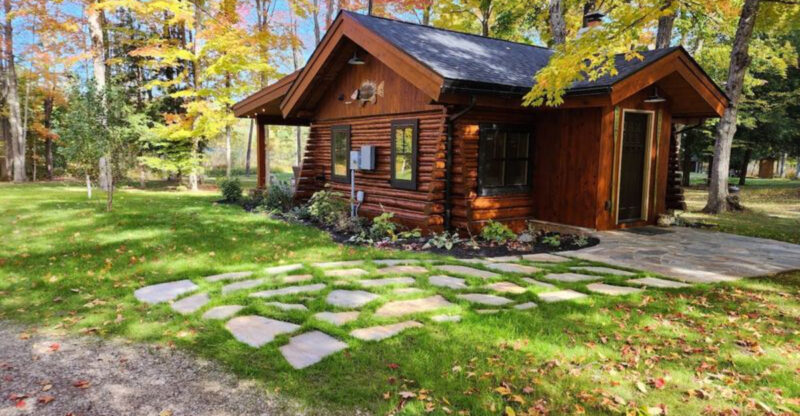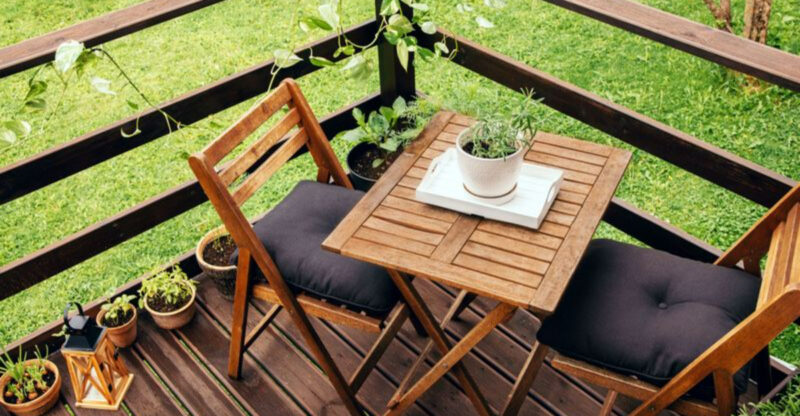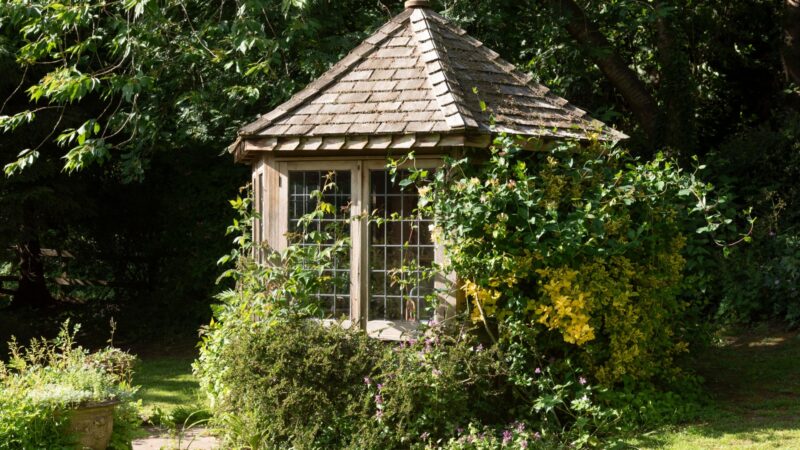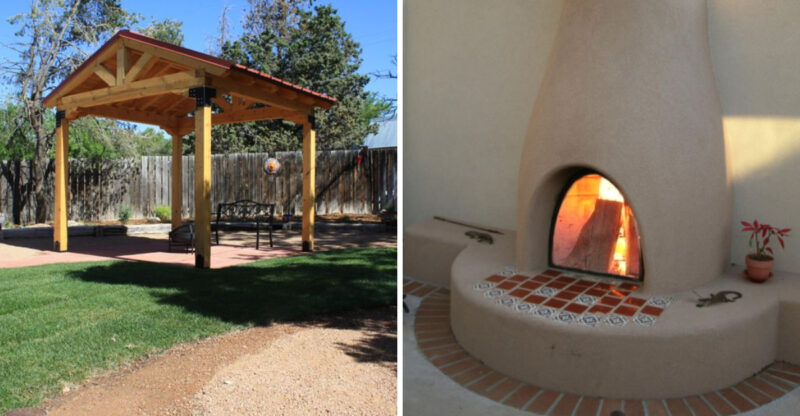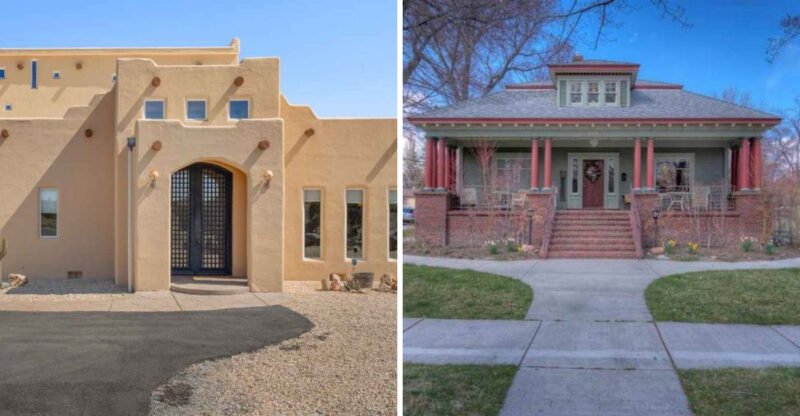9 Curb Appeal Trends Born On New York’s Oldest Streets
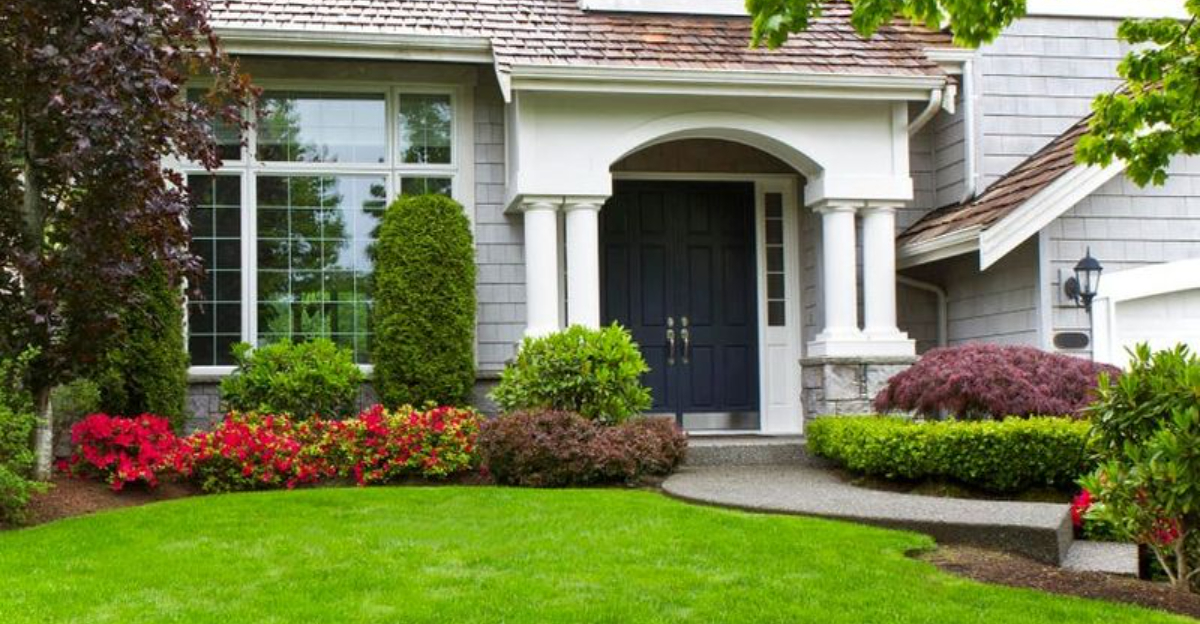
New York’s oldest streets whisper stories of architectural elegance that still influence today’s home designs. Walking through neighborhoods like Brooklyn Heights or Greenwich Village feels like stepping into a living design magazine.
I’ve spent years studying these timeless elements that boost curb appeal, and now I’m sharing the most enduring trends that originated on these historic cobblestones.
1. Majestic Wrought Iron Fences
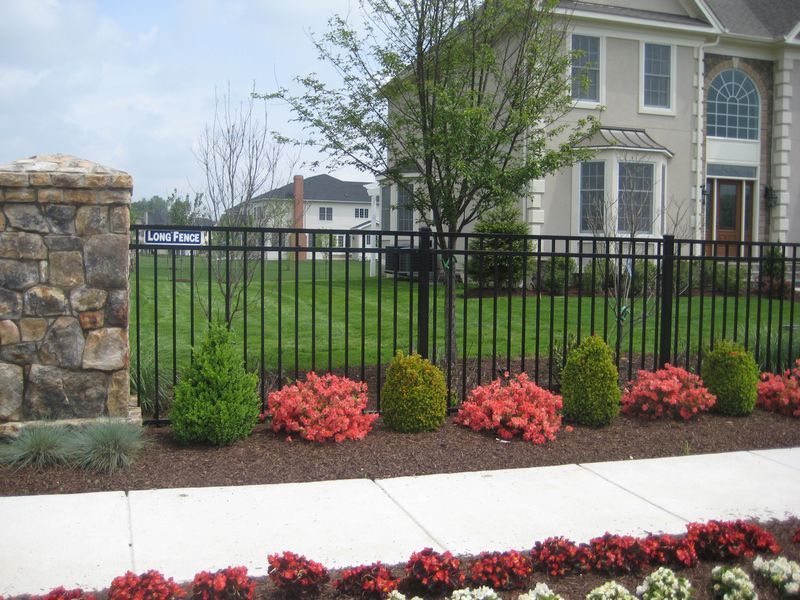
Ever noticed how those black iron fences make townhouses look instantly sophisticated? Wrought iron fencing has protected New York’s finest homes since the 1800s while adding undeniable character.
Though originally installed for security, these ornate barriers now serve as artistic statements. My clients love how the intricate scrollwork and fleur-de-lis finials transform ordinary properties into stately residences.
For an authentic look, choose designs with historic patterns rather than modern interpretations. Your neighbors will wonder if your fence has been there for centuries!
2. Charming Brick Sidewalks
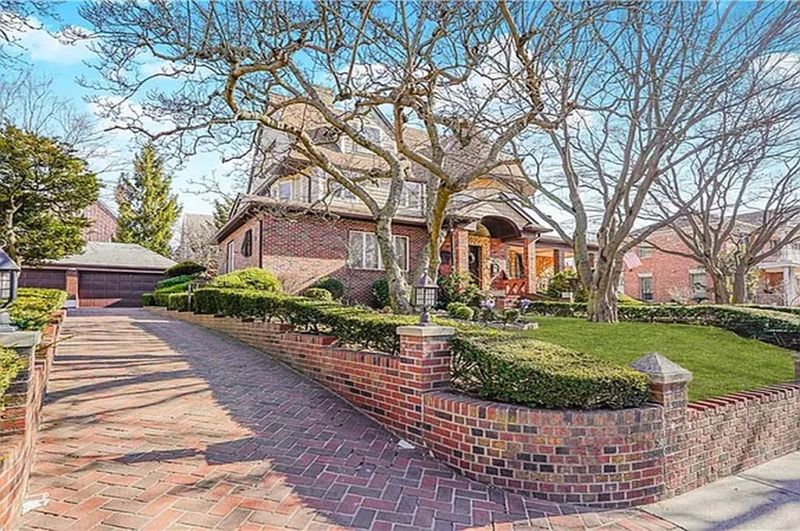
Nothing says ‘welcome’ quite like the warm reddish glow of herringbone brick pathways leading to your front door. These textured walkways create an instant connection to New York’s storied past.
My restoration projects always prioritize salvaging original brick whenever possible. The slight irregularities and weathered edges tell stories that perfectly manufactured pavers simply cannot match.
Brick pathways also create natural drainage, preventing those annoying puddles that form after rainstorms. Consider adding copper edging for an extra touch of sophistication that will patina beautifully over time.
3. Elegant Lantern Lighting
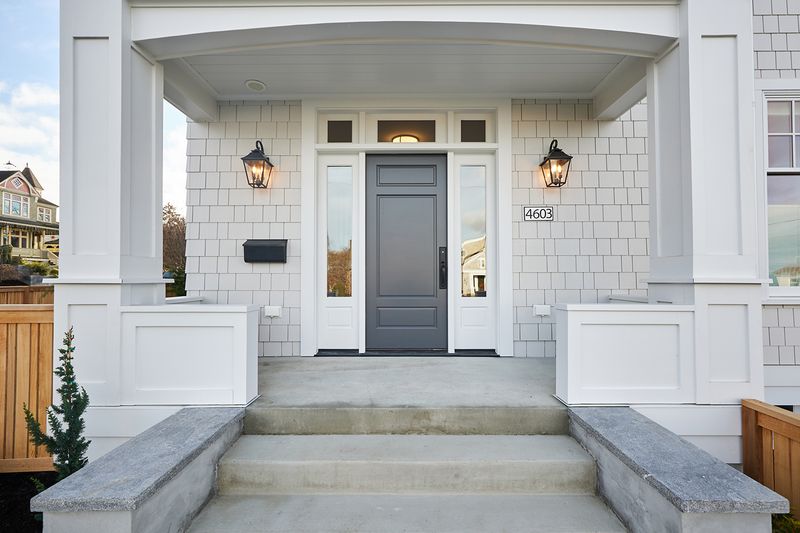
Gas-inspired lanterns flanking doorways create magic after sunset. While original gas fixtures required lamplighters making evening rounds, today’s electric versions offer the same romantic glow without the maintenance.
However, choosing the right scale matters tremendously! Many homeowners install fixtures too small for their entrances, creating a disproportionate look.
My rule of thumb, your exterior lanterns should measure about one-third the height of your door for proper visual balance. Black or antique brass finishes weather gracefully, developing that coveted patina that whispers ‘I’ve been here watching over this home for generations.’
4. Seasonal Window Boxes
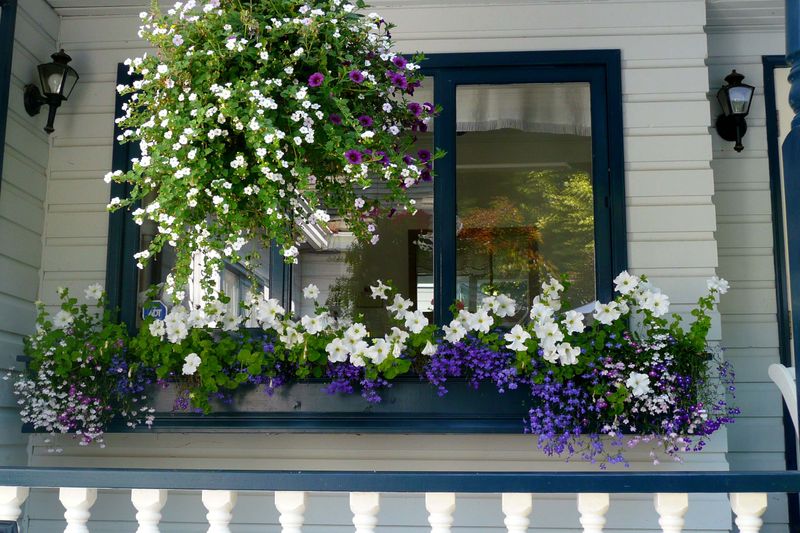
Window boxes burst with personality while softening harsh architectural lines. Unlike suburban gardens that sprawl across lawns, New York’s oldest streets showcase vertical gardening at its finest.
Cedar or copper boxes weather beautifully, developing character that plastic alternatives can’t match. My clients often ask about plant selection, geraniums and ivy remain classics, but consider native species for lower maintenance.
The secret to show-stopping displays? Install an invisible drip irrigation system. This simple addition ensures consistent watering even during summer heatwaves when you’re weekending in the Hamptons, keeping your urban oasis lush and lively.
5. Stately Stone Stoops
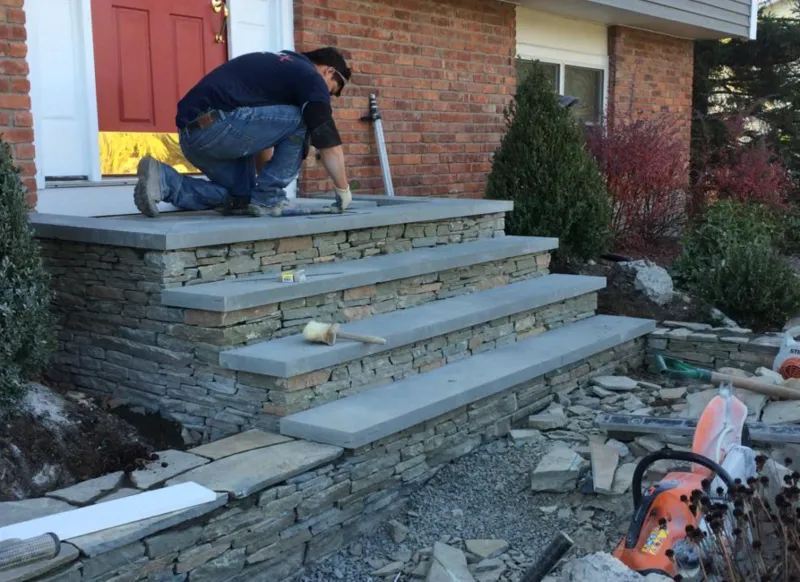
Those iconic stone steps rising majestically from sidewalk to doorway define New York’s residential architecture. Brownstone, limestone, and granite stoops not only serve practical purposes but create natural gathering spaces.
My restoration clients often discover original details hidden beneath years of paint or concrete repairs. Removing these modern interventions reveals the quarried stone’s natural beauty.
For authentic curb appeal, consider adding traditional iron railings with newel posts topped by pineapple finials, historic symbols of hospitality. These small details demonstrate your commitment to preserving architectural integrity while creating an inviting entrance.
6. Intricate Cornices And Moldings
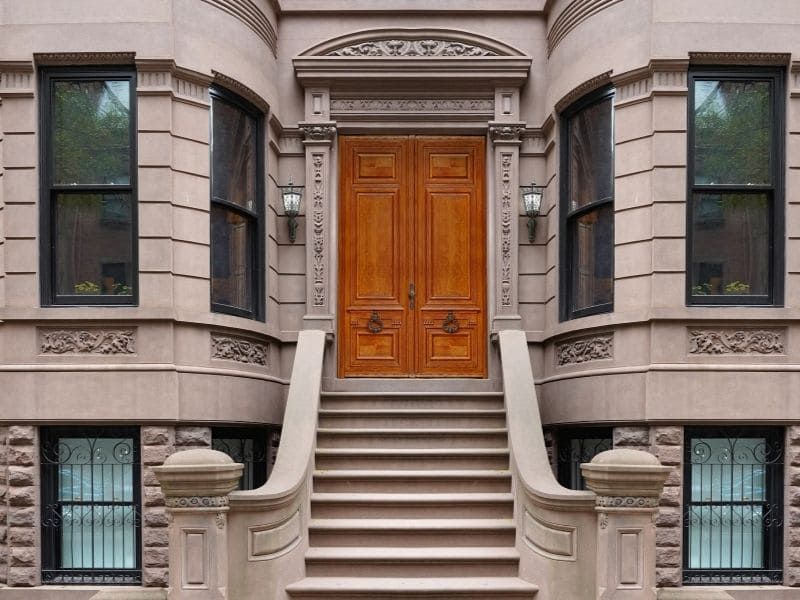
Look upward on New York’s oldest streets and you’ll spot elaborate cornices crowning buildings like architectural tiaras. These decorative elements weren’t merely ornamental, they directed rainwater away from facades while expressing artistic styles of their era.
Restoring damaged cornices requires specialized craftspeople, but the investment dramatically transforms your home’s exterior profile. Tin cornices painted to match trim create unified visual flow.
Though tempting to simplify during renovations, preserving these details maintains your property’s historic character and value. Remember, these architectural elements tell stories about when and why your building was constructed.
7. Romantic Climbing Vines
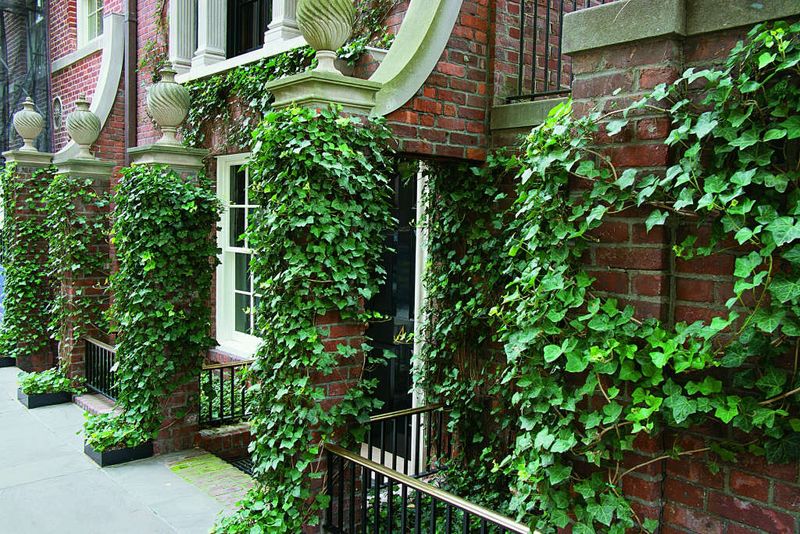
Boston ivy and Virginia creeper transform ordinary facades into living canvases that change with seasons. Unlike aggressive English ivy that damages mortar, these climbing varieties attach without causing structural harm.
The secret to successful facade greenery? Patience and proper pruning. Train young vines on nearly invisible guide wires to create intentional patterns rather than haphazard growth.
My favorite feature of these vertical gardens is their dramatic seasonal transformation, radiant spring green deepens through summer before exploding into fiery autumn reds. This natural color show provides ever-changing curb appeal that static architectural elements simply cannot match.
8. Balanced Formal Landscaping
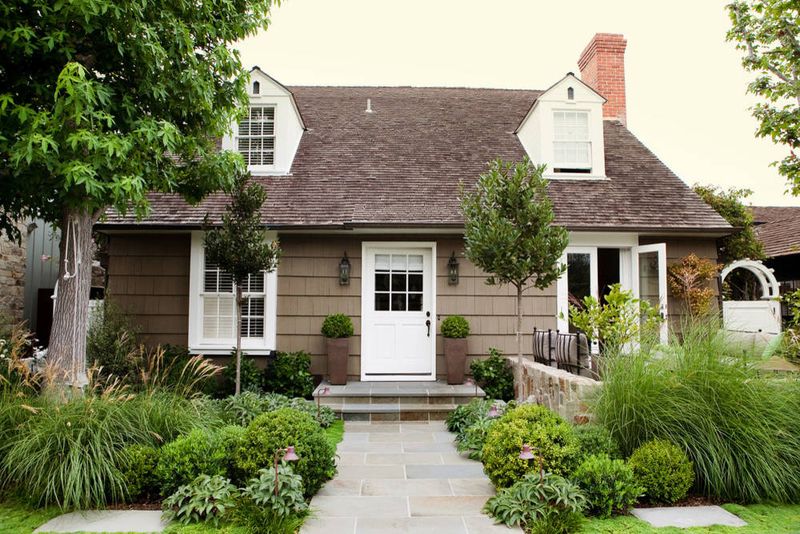
Symmetrical landscaping creates instant curb appeal through visual harmony. New York’s oldest streets showcase this formal approach with matching planters flanking entrances and carefully trimmed hedges defining property lines.
Boxwood remains the quintessential choice for this style, maintaining structure throughout winter when other plantings disappear. For smaller spaces, consider dwarf varieties that require less aggressive pruning.
Though formal gardens appear high-maintenance, they actually require less ongoing work than casual plantings once established. The key is starting with quality specimens properly spaced for mature growth, preventing that cramped, overgrown look that plagues many urban gardens.
9. Statement Wooden Doors
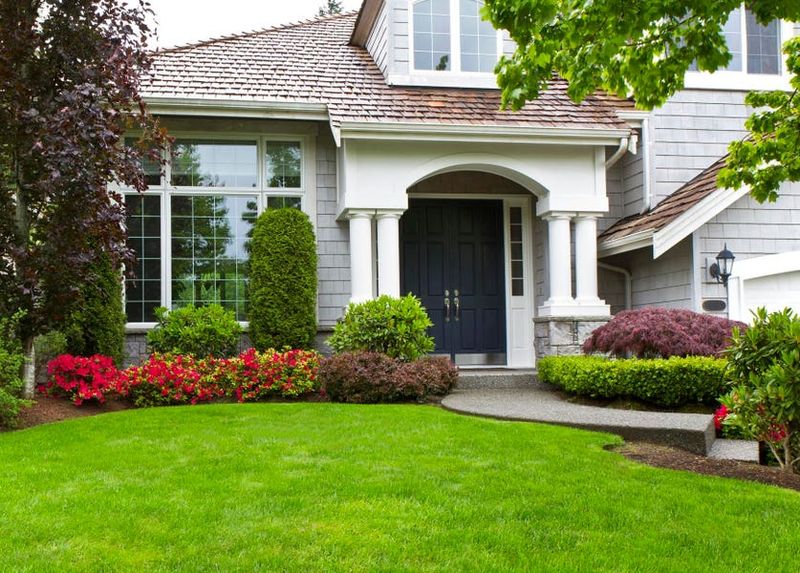
Grand wooden doors serve as the jewelry of New York’s historic facades. While neighbors might have similar exterior architecture, a distinctive door immediately sets your property apart.
Oak and mahogany remain popular choices for their durability against harsh Northeast winters. Though tempting to paint these beauties, I often encourage clients to strip away decades of paint, revealing gorgeous wood grain underneath.
Hardware makes all the difference, brass knockers, mail slots, and doorknobs develop rich patinas over time. For truly authentic appeal, hunt for salvaged pieces from architectural salvage yards rather than mass-produced reproductions.

